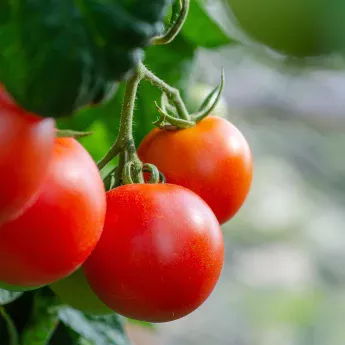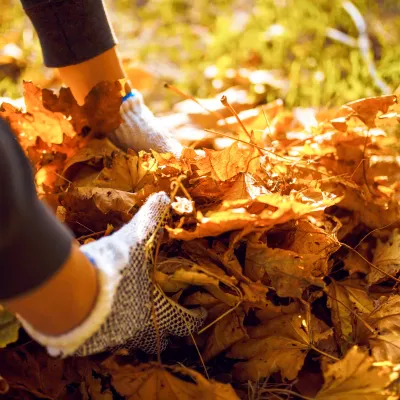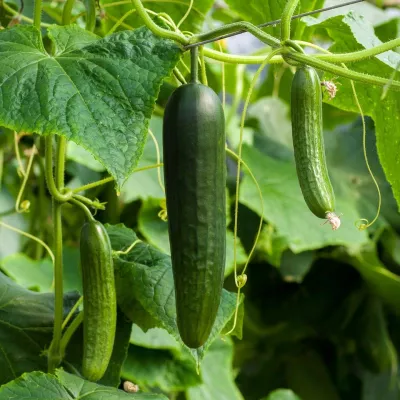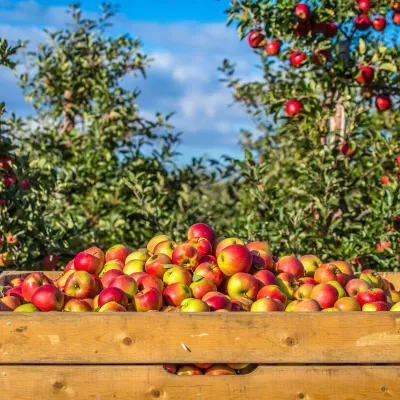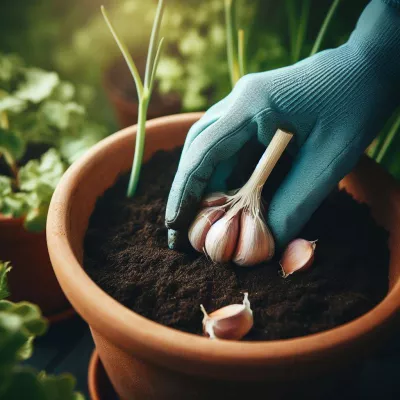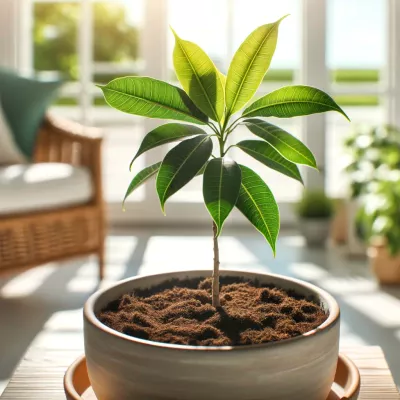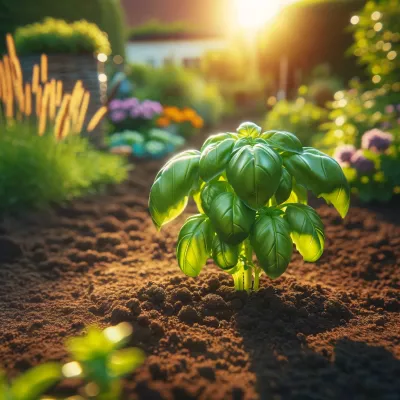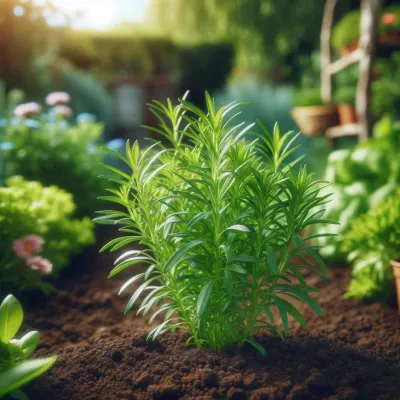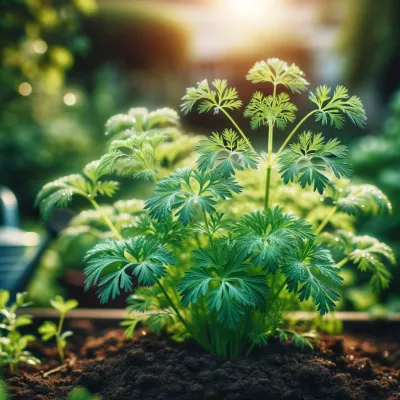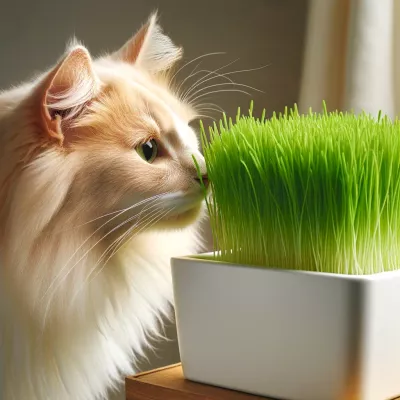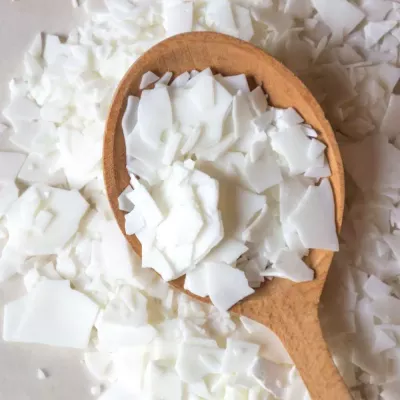

Lemongrass, valued for its fresh citrusy aroma and versatile uses, is gradually winning the hearts of gardeners and indoor plant enthusiasts. This plant not only beautifies the home with its exotic appearance but also brings benefits through its aromatherapeutic and culinary qualities. Growing lemongrass at home may seem challenging, but with the right approach and a little effort, you can enjoy its freshness all year round. In this article, we will discuss in detail how to grow lemongrass, providing you with valuable tips and recommendations for successful cultivation and care of this amazing plant.
Seed Selection and Soil Choice

Choosing high-quality lemongrass seeds is the first and one of the most important steps. Ideal seeds should be fresh and have good germination rates. It is advisable to prefer reputable producers and specialized stores. After purchasing the seeds, the next step is soil preparation. Lemongrass prefers light, well-draining soil with a neutral or slightly acidic pH. You can use a mix of universal potting soil with added sand and perlite to improve drainage.
Planting Lemongrass
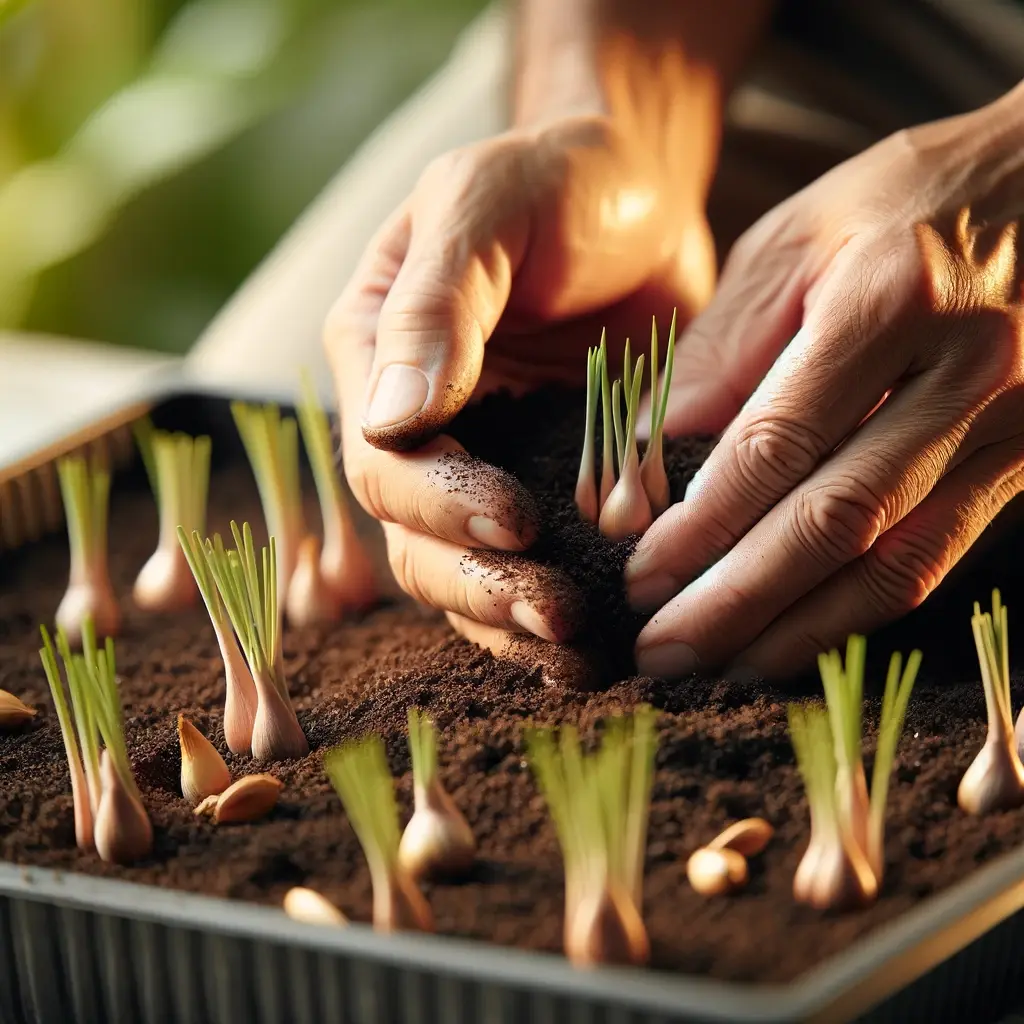
After preparing the soil, it's time to start planting. Lemongrass seeds are sown at a shallow depth, approximately 0.5 cm. The spacing between the seeds should be sufficient to allow each seedling room to grow. After sowing, lightly cover the seeds with soil and water them. It's important to maintain consistent soil moisture but avoid overwatering. The ideal temperature for seed germination is around 20-25 degrees Celsius. Seeds usually start to germinate within 2-3 weeks.
Caring for Lemongrass
After germination, lemongrass requires careful care. Lighting plays a key role: the plant prefers bright indirect light. Direct sunlight can cause leaf burns, so on hot days, it's recommended to provide some shade for the plant. Watering should be regular but moderate – the soil should slightly dry out between waterings. As for fertilization, lemongrass responds well to liquid indoor plant fertilizers. It's advisable to fertilize the plant approximately once a month during the active growth period.
Tips and Recommendations
When growing lemongrass, it is important to pay attention not only to the basic care aspects but also to some nuances that will help avoid common mistakes:
-
Optimal Temperature: Lemongrass loves warmth. During the winter, try to maintain a temperature not lower than 10 degrees Celsius. Avoid drafts and sharp temperature fluctuations.
-
Proper Watering: Overwatering is a common mistake. Lemongrass does not tolerate water stagnation at the roots. Make sure there is good drainage in the pot and water the plant only when the top layer of soil has dried out.
-
Pruning: Regular pruning promotes bushier growth and stimulates new growth. Don't be afraid to trim the tops of the stems; it will help your lemongrass stay lush and healthy.
-
Transplanting: Over time, lemongrass may outgrow its current pot. Transplant it into a larger container when necessary to provide enough space for the root system to grow.
-
Monitoring Pests and Diseases: Regularly inspect the leaves for pests or signs of diseases. Lemongrass can attract some insects, so be prepared to take action at the first signs of infestation.
Using Lemongrass in Cooking

Lemongrass not only enhances the beauty of your home with its attractive appearance but also is a valuable ingredient in cooking. Its fresh, lemony aroma and delicate flavor make it a popular choice in preparing various dishes. Here are several ways to use lemongrass in the kitchen:
-
Flavoring Dishes: Lemongrass is often used to add aroma to soups, sauces, and curries. Its stalks are added to the dish during cooking and removed before serving.
-
Teas and Beverages: Crushed lemongrass is excellent for making refreshing teas and beverages. It pairs well with ginger, mint, and honey.
-
Marinades: Chopped lemongrass stalks can serve as a fragrant addition to marinades for meat or fish, giving dishes a special flavor.
-
Salads and Appetizers: Finely chopped lemongrass is a great addition to fresh salads, especially in an Asian-style, adding a refreshing aroma.
-
Desserts: Fresh lemongrass can be used in preparing exotic desserts, such as adding it to sorbets or fruit salads.
Lemongrass Recipes
Lemongrass Tea
Ingredients:
- 2 stalks of lemongrass
- 1 liter of water
- Honey or sugar to taste
Preparation:
- Chop the lemongrass stalks.
- Bring water to a boil and add lemongrass.
- Simmer for 5-10 minutes.
- Strain and add honey or sugar to taste.
Lemongrass Chicken
Ingredients:
- 500g chicken fillet
- 2 stalks of lemongrass
- 2 cloves of garlic
- Soy sauce, lemon juice, honey
- Salt, pepper
Preparation:
- Cut the chicken into strips. Chop the lemongrass and garlic.
- Marinate the chicken with soy sauce, lemon juice, honey, lemongrass, and garlic for 30 minutes.
- Sauté the chicken until cooked. Serve with rice or vegetables.
Health Benefits of Lemongrass

Lemongrass possesses a number of medicinal properties, making it not only a tasty but also a beneficial ingredient:
-
Anti-Inflammatory Action: Lemongrass contains compounds that help reduce inflammation and pain, especially in joints.
-
Antibacterial Properties: Lemongrass essential oils contribute to the destruction of bacteria and fungi, making it useful for overall health improvement.
-
Use in Aromatherapy: The aroma of lemongrass is used to alleviate stress, improve mood, and boost energy levels. It is also often used to enhance sleep quality.
-
Digestive Support: Lemongrass is traditionally used to improve digestion, relieve stomach disorders, and reduce bloating.


 Українська
Українська
 Русский
Русский
 Deutsch
Deutsch
 Polski
Polski
 Magyar
Magyar
 Ελληνικά
Ελληνικά
 Dansk
Dansk
 Español
Español
 Italiano
Italiano
 中文(简体)
中文(简体)
 한국어
한국어
 Latviešu
Latviešu
 Lietuvių
Lietuvių
 Nederlands
Nederlands
 Norsk (Bokmål)
Norsk (Bokmål)
 Bahasa Indonesia
Bahasa Indonesia
 Български
Български
 Português
Português
 Română
Română
 Slovenčina
Slovenčina
 Slovenščina
Slovenščina
 Türkçe
Türkçe
 Suomi
Suomi
 Français
Français
 Čeština
Čeština
 Svenska
Svenska
 Eesti
Eesti
 日本語
日本語
